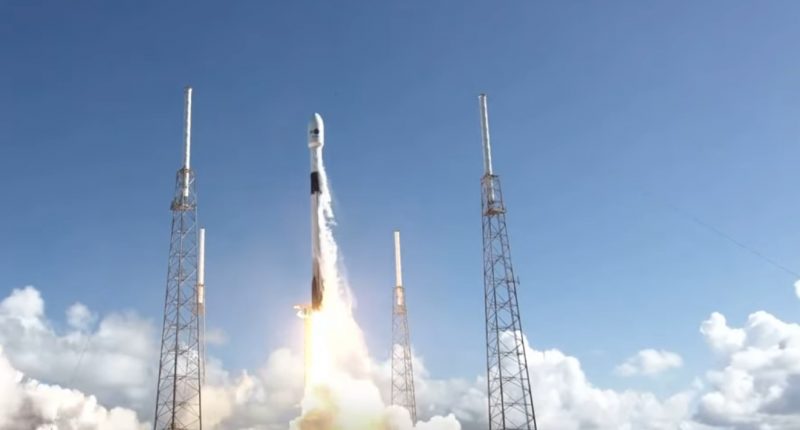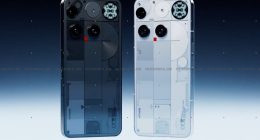SpaceX is like a prodigy that keeps breaking records that were set by the company in the first place, much like the Mozart of space. The only company reusing booster rockets at such frequency and scale, the company keeps on surprising space enthusiasts with every launch, and the ANASIS II launch was no different, as the company managed to break not one, but two existing records.
To quickly catch up with launch details, SpaceX’s Falcon 9 launched the ANASIS-II mission from Space Launch Complex 40 (SLC-40) at Cape Canaveral Air Force Station in Florida. Falcon 9’s first stage previously launched Crew Dragon to the International Space Station with NASA astronauts Bob Behnken and Doug Hurley on board. SpaceX also confirmed that ANASIS II has reached its destination, and will work to safeguard South Korea’s national security.
Now, the records that SpaceX broke. Starting from the start, the first part of a successful space launch is, well, the launch. SpaceX prouds itself over its groundbreaking launch technology, powered by the one-of-a-kind Falcon 9 booster, a rocket that lands itself and can be reused. The company has perfected the system, and has performed 57 landings so far. With the ANASIS-II launch, not only was the booster landed, the company dramatically improved upon its usual turn-around time — the time it takes to prepare a reusable booster.
So far, the company has completed the ‘Turn Around’ in 63 days at the earliest, the resulting booster from which, was then used to power the fourth Starlink launch in February. But if you think that’s impressive, you probably don’t follow Elon Musk. The real life Bruce Wayne managed to surpass his best feat, with SpaceX being able to turn around the Falcon 9 used in crewed mission Demo 2, the company’s biggest project ever, in just 51 days. That is right, the Demo 2 booster has already been restored to its former glory, and was used in today’s launch of the ANASIS II, a path breaking achievement.
This is not the only exciting thing that happened at the launch of the ANASIS-II, South Korea’s first dedicated military communications satellite. SpaceX was also successful in catching both halves of the fairing used to protect the payload as it tore down through the layers of atmosphere.
The company had been trying to catch both halves of these fairings for a long time, but always failed, managing to catch just one half at multiple occasions. This is because as opposed to the Falcon 9 booster, these fairing halves are not controlled by the company on their decent, and are slowed down by the use of parachutes. Thus, there’s no active way to control their movements, and the best SpaceX has come up with is using fishing boats with giant nets attached, to capture the fairings before they fall into the ocean. As outrageous as that sounds, SpaceX is an outrageous company, and it has conceived weirder feats so we aren’t going to question Elon’s genius.
This is the first time the company managed to retrieve both halves successfully, a feat that might save the company more than $6 million the next time it plans on reusing the offering. Up until now, these halves were becoming recovered from the ocean, which drove up the cost of making them reusable.





